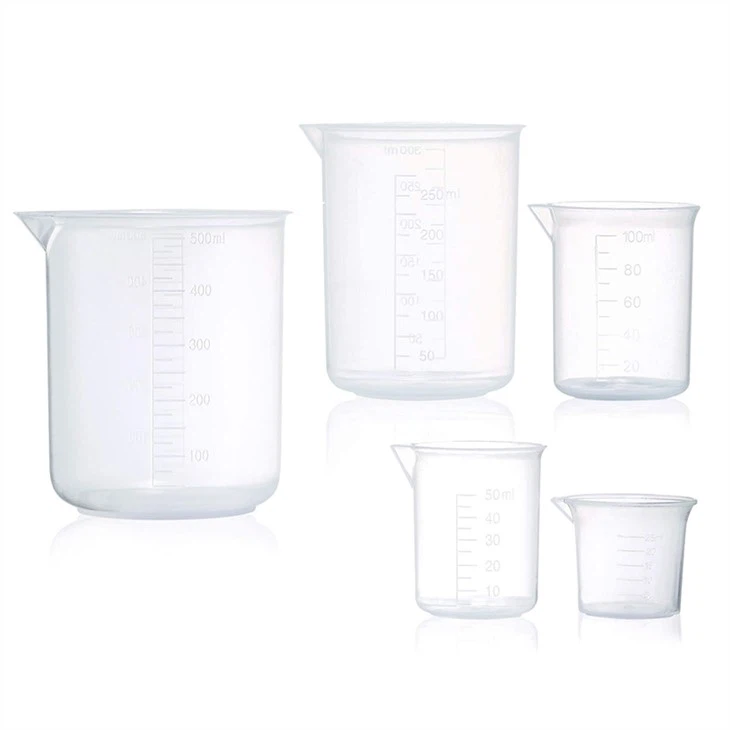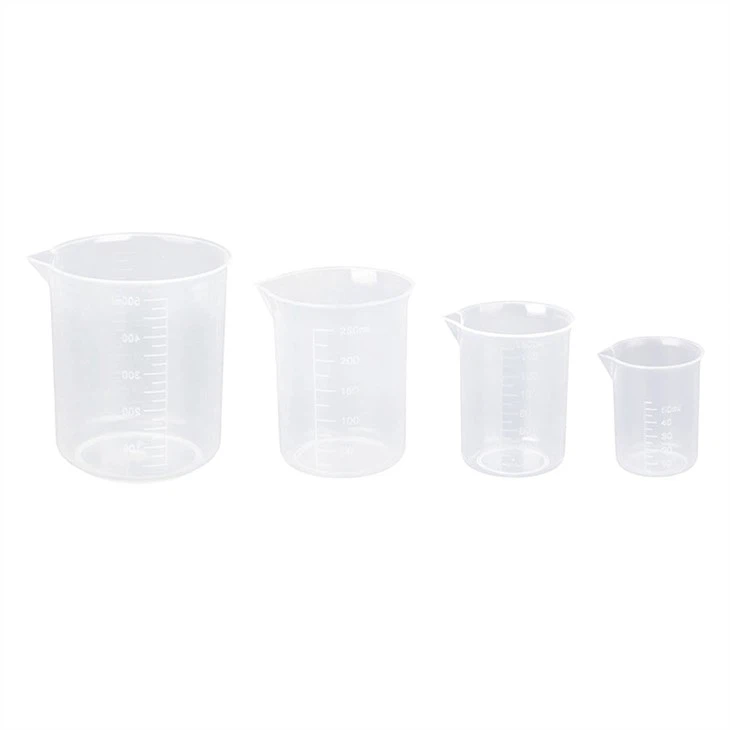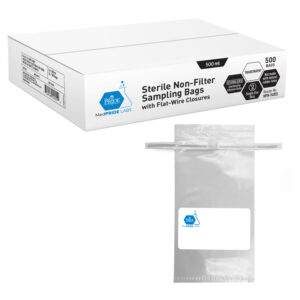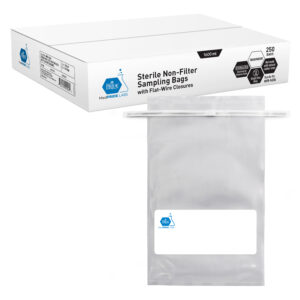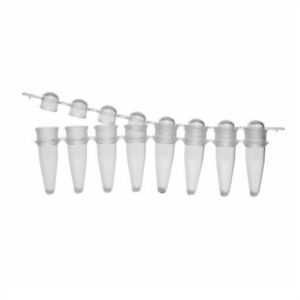Description
Introduction:
In laboratory equipment, a beaker is generally a cylindrical container with a flat bottom.[1] Most also have a small spout (or “beak”) to aid pouring, as shown in the picture. Beakers are available in a wide range of sizes, from one milliliter up to several liters. A beaker is distinguished from a flask by having straight rather than sloping sides.
Beakers are commonly made of glass (today usually borosilicate glass), but can also be in metal (such as stainless steel or aluminum) or certain plastics.
Feature:
1. Transparent material allows for a clear view of beaker contents
2. No-drip, single-spout design provides precision pouring control
3. Silk screened with graduations, size code, resin code, catalog number for easy identification and safe use
4. Autoclavable/Graduated/Transparent
5. Meets International Standards for Laboratory Plasticware Accuracy
| Code | Volume | Graduated | Handle | Packing | Ctn size(cm) | G.W(kg) |
| NWB-01 | 25ml | With | Without | 2000pcs/ctn | 46*35*48 | 10 |
| NWB-02 | 50ml | 2000pcs/ctn | 58*55*67 | 15 | ||
| NWB-03 | 100ml | 1000pcs/ctn | 59*56*57 | 10 | ||
| NWB04 | 150ml | 1000pcs/ctn | 79*63*56 | 21 | ||
| NWB05 | 250ml | 500pcs/ctn | 69*55*57 | 15 | ||
| NWB06 | 500ml | 300pcs/ctn | 80*50*47 | 12 | ||
| NWB07 | 1000ml | 200pcs/ctn | 69*55*57 | 15 |
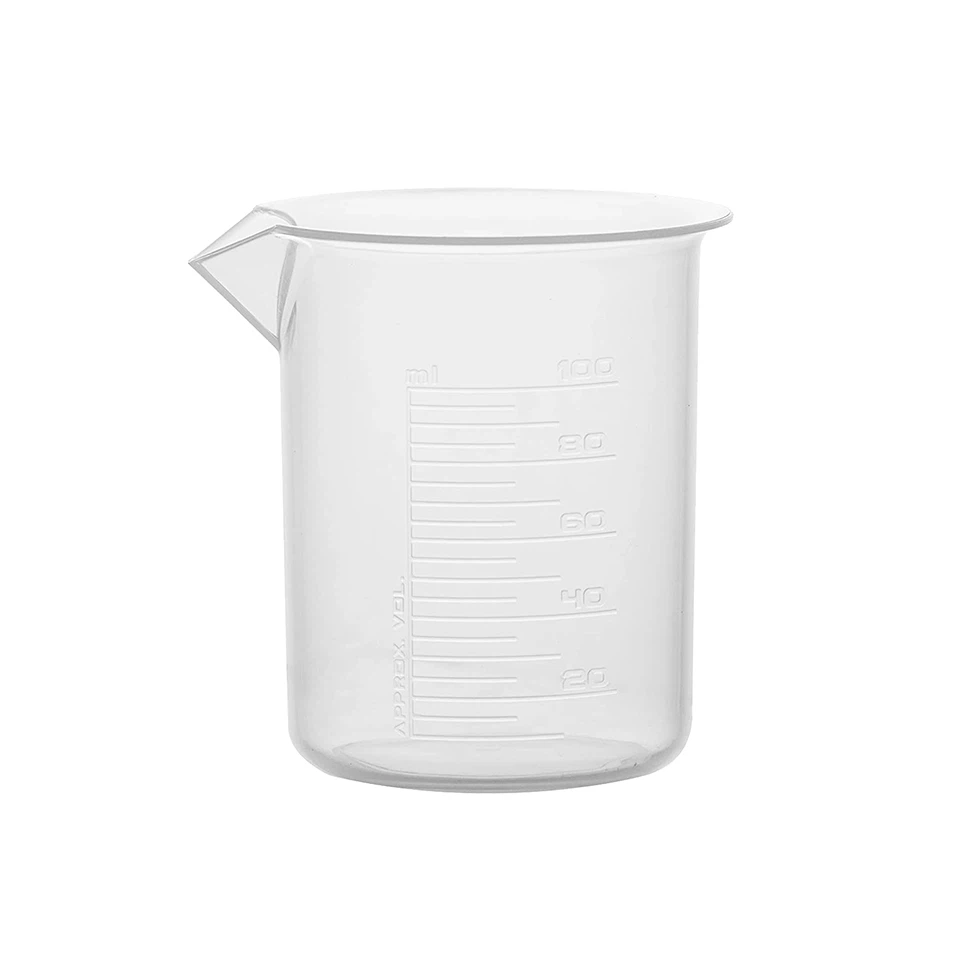
Using:
These are the most universal character and are used for various purposes—from preparing solutions and decanting supernatant fluids to holding waste fluids prior to disposal to performing simple reactions.
The presence of a spout means that the beaker cannot have a lid. However, when in use, beakers may be covered by a watch glass to prevent contamination or loss of the contents, but allowing venting via the spout. Alternatively, a beaker may be covered with another larger beaker that has been inverted, though a watch glass is preferable.
Beakers are often graduated. For instance, a 250 mL beaker might be marked with lines to indicate 50, 100, 150, 200, and 250 mL of volume. These marks are not intended for obtaining a precise measurement of volume (a graduated cylinder or a volumetric flask would be a more appropriate instrument for such a task), but rather an estimation. Most beakers are accurate to within ~10%.
Specifications:
High-quality material: made of eco-friendly food-grade plastic, durable, non-toxic and odorless.
Perfect quality: excellent product quality, with quality assurance. No bubbles, no burrs, smooth and rounded.
Clear scale: the beaker is equipped with white scale on one side, for you to check more conveniently. Clear scale for more accurate measurement.
Product applications: well suited for experimental projects or kitchen,chemically resistant to most acids, bases and many common solvents. You can use them to measure epoxy resin, paint or other liquids.
